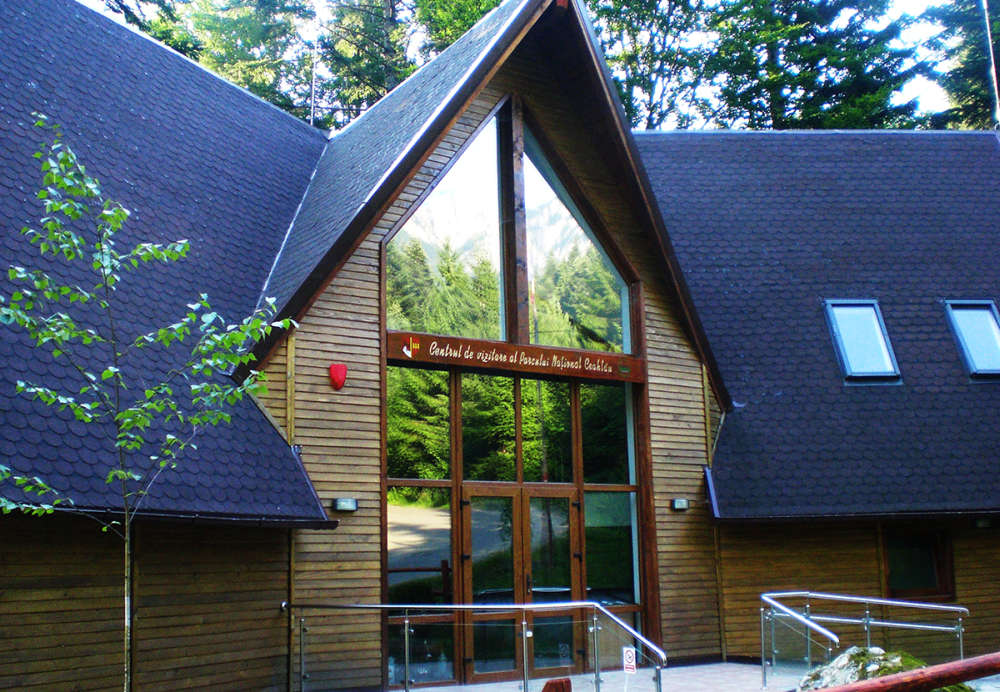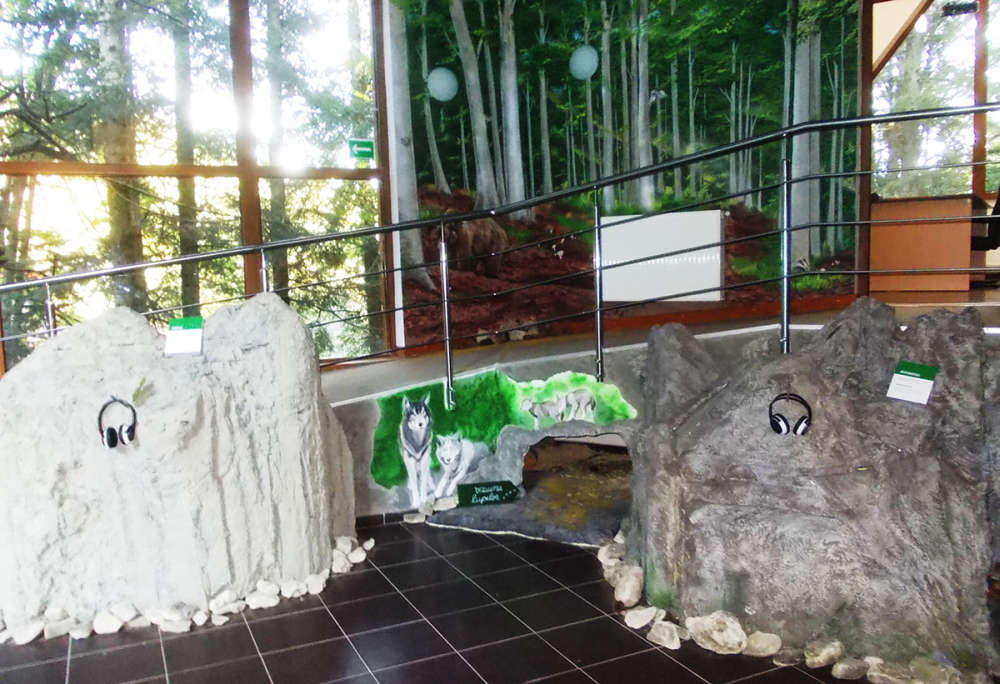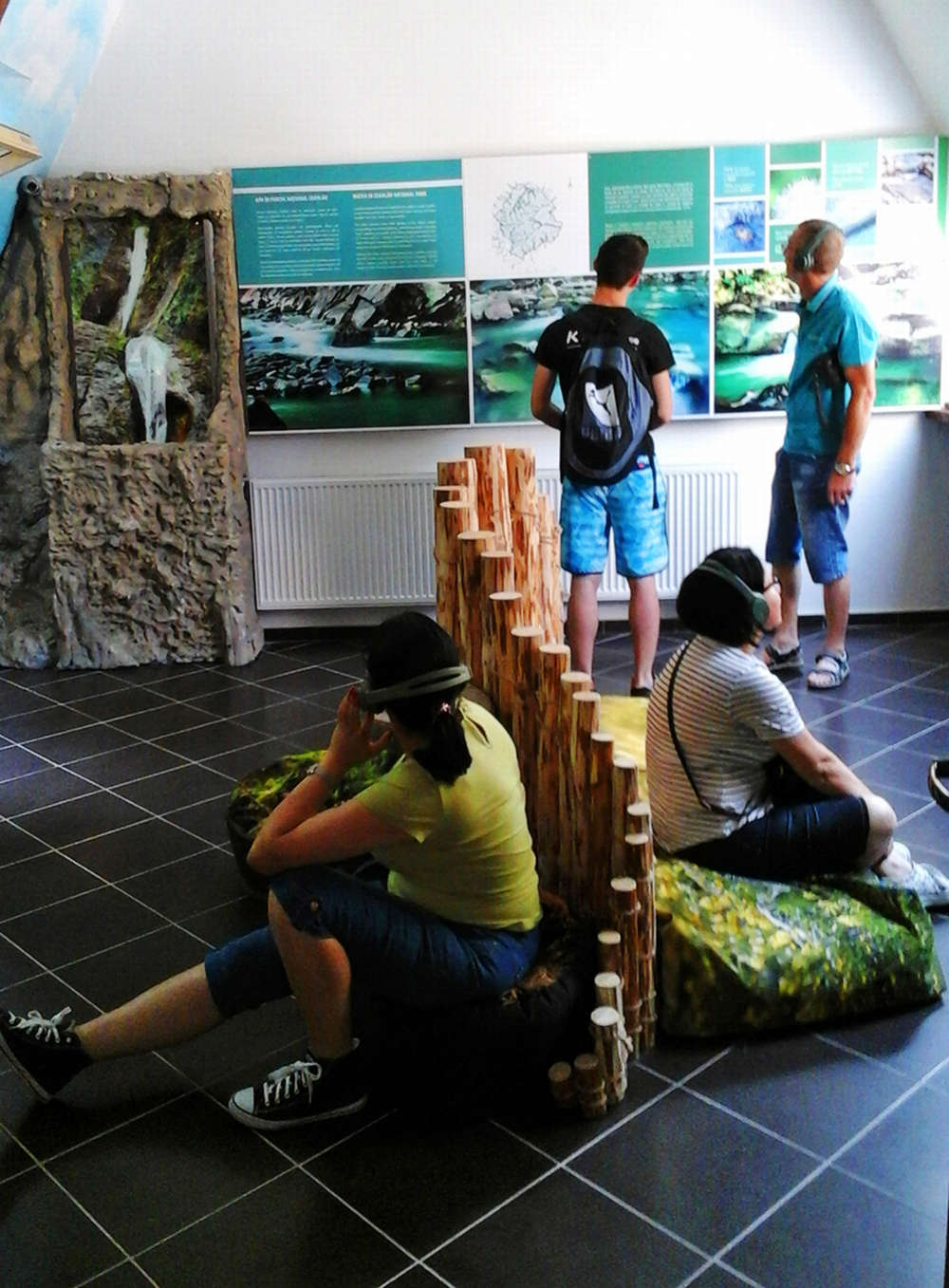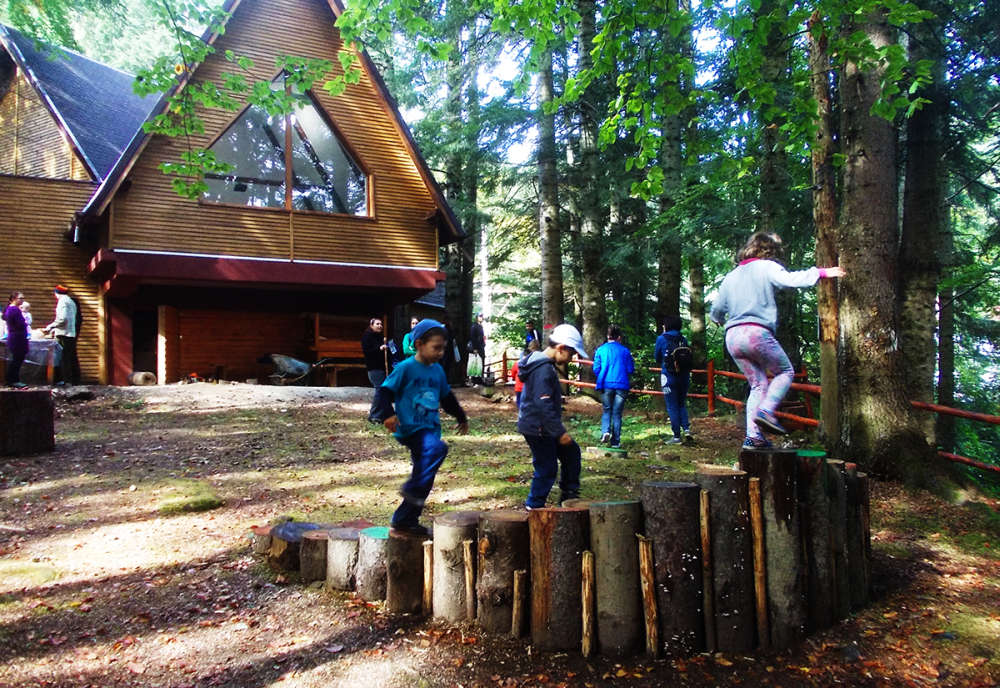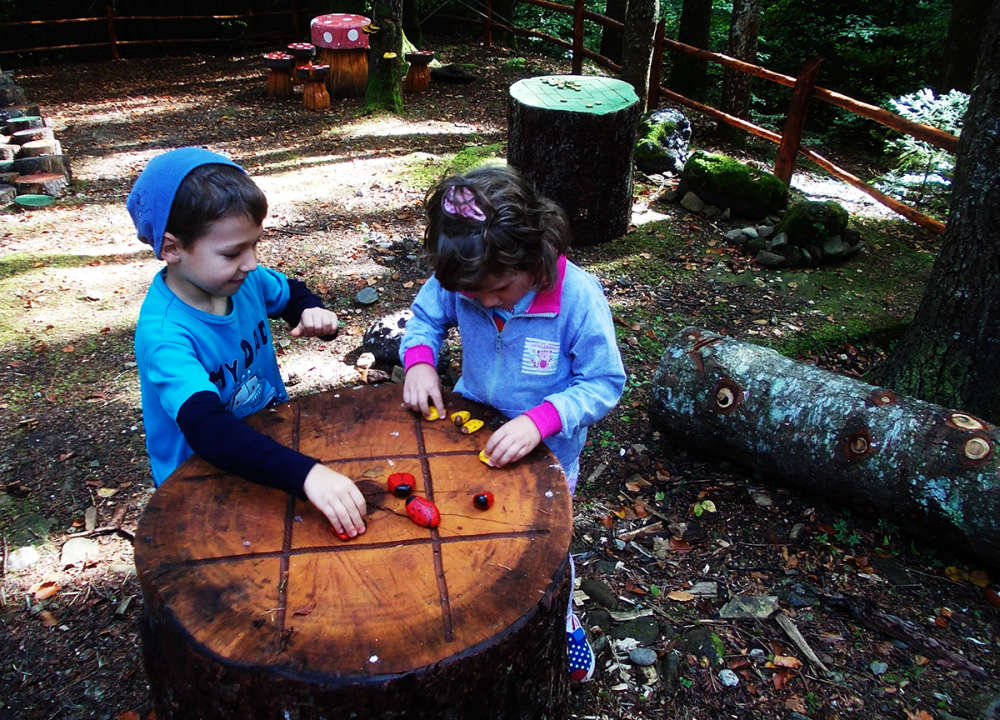Rare Plants Protected in the Ceahlau National Park
|
No. |
Scientific Name | Popular Name |
Category of vulnerability |
|
1 |
Abies alba | European silver fir |
V |
|
2 |
Achillea schurii |
V, carpathian endemic |
|
|
3 |
Aconitum moldavicum | Monkshood |
V, endemite |
|
4 |
Allium victorialis | victory onion |
V, glacial relic |
|
5 |
Alopecurus pratensis | meadow foxtail |
V |
|
6 |
Aquilegia nigricans ssp. subscaposa | Bulgarian columbine |
V, romanian endemic |
|
7 |
Andromeda polifolia | bog-rosemary |
V,glacial relic |
|
8 |
Angelica archangelica | Holy Ghost |
V |
|
9 |
Arabis alpina |
V |
|
|
10 |
Astragalus pseudopurpureus |
V |
|
|
11 |
Astragalus roemeri |
V |
|
|
12 |
Campanula rotundifolia ssp polymorpha | harebell |
V, carpathian endemic |
|
13 |
Campanula carpathica | harebell |
V, endemic |
|
14 |
Cardamine glanduligera |
V, endemic |
|
|
15 |
Carex elongata |
V |
|
|
16 |
Carex sempervirens |
V |
|
|
17 |
Centaurea micranthos |
V |
|
|
18 |
Centaurea carpathica |
V, endemic in Romanian Carpathians |
|
|
19 |
Centaurea triumfetti ssp. pinnatifida |
V, endemism |
|
|
20 |
Cerastium transsilvanicum |
V, endemic in the East and South Carpathians |
|
|
21 |
Cypripedium calceolus | Lady’s-slipper orchid |
E |
|
22 |
Dianthus collinus ssp. glabriusculus |
V |
|
|
23 |
Dianthus spiculifolius |
V, carpathian endemic |
|
|
24 |
Draba haynaldii |
V, endemic in the East and South Carpathians |
|
|
25 |
Drosera rotundifolia | round-leaved sundew |
V, tertiary relic |
|
26 |
Dryas octopetala |
V, teritary relic |
|
|
27 |
Eritrichium nanum |
V |
|
|
28 |
Eritrichium nanum ssp. jankae |
V, carpathian endemic |
|
|
29 |
Empetrum nigrum | black crowberry |
V, relic |
|
30 |
Erysimum wittmanni |
V, carpathian endemic |
|
|
31 |
Erysimum wittmanni ssp.transsilvanicum |
V, carpathian endemic |
|
|
32 |
Eryophorum vaginatum |
V, tertiary relic |
|
|
33 |
Festuca versicolor |
V |
|
|
34 |
Filipendula hexapetala | dropwort |
V |
|
35 |
Gentiana lutea | Yellow gentian |
V |
|
36 |
Gentiana phlogifolia | gentian |
V |
|
37 |
Geranium silvaticum | wood cranesbill |
V |
|
38 |
Gypsophila petraea |
V |
|
|
39 |
Helloborus purpurascens |
V |
|
|
40 |
Hepatica transsilvanica | liverwort |
V, endemic in the East and South Carpathians |
|
41 |
Hieracium pseudobifidum |
V, endemic |
|
|
42 |
Hieracium transslvanicum |
V |
|
|
43 |
Juniperus sabina | savin juniper |
V |
|
44 |
Koelerica macrantha | prairie Junegrass |
V |
|
45 |
Larix decidua ssp. carpathica | European larch |
V |
|
46 |
Leontopodium alpinum | Edelweiss |
E |
|
47 |
Melanpyrum saxosum |
V, tertiary relic |
|
|
48 |
Nigritella rubra |
E |
|
|
49 |
Onobrychis montana ssp. transsilvanica |
V, endemic |
|
|
50 |
Pedicularis baumgarteni |
V, endemic in the Romanian Carpathians |
|
|
51 |
Pinguicula alpina | alpine butterwort |
V |
|
52 |
Poa alpina | alpine bluegrass |
V |
|
53 |
Potentilla argentea | Silver Cinquefoil |
V |
|
54 |
Primula leucophylla |
V, carpathian endemic |
|
|
55 |
Pulsatilla montana |
V |
|
|
56 |
Ranunculus carpathicus | Buttercup |
V, carpathian endemic |
|
57 |
Rhinanthus alpinus |
V |
|
|
58 |
Phyteuma tetramerum |
V, carpathian endemic |
|
|
59 |
Saxifraga aiozoon |
V |
|
|
60 |
Sesleria coerulans |
V, tertiary relic |
|
|
61 |
Silene dubia |
V, carpathian endemic |
|
|
62 |
Silene zawadzkii |
V |
|
|
63 |
Symphytum cordatum |
V, carpatian endemic |
|
|
64 |
Taxus baccata | English yew |
V, tertiary relic |
|
65 |
Trisetum macrothrichum |
V, carpatian endemic |
|
|
66 |
Trollius europaeus |
V |
|
|
67 |
Viola alpina |
V, tertiary relic |
|
|
68 |
Viola biflora |
V, tertiary relic |
|
|
69 |
Viola jooi |
V, tertiary relic |
E – endangered species. Species characterised by a population that is in danger of disappearing whether from small numnbers of modification in environment parameters.
Tertiary – gelologic period dating back 23 million years and ending 5.3 million years ago. Characterised by warm climate and subtropical forests with deciduous trees, which were widely spread on Earth. 5.3 million years ago was when the Pleistocene Era began, a geological period characterized by cooling on a global scale and the presence of glaciations. There are centres (refuges with a warmer micro climate) where vegetation typical to the tertiary period has survived: south-western USA and China. One such centre existed in Europe, but for a short while, before being destroyed by the glaciations.
Tertiary Relic – plants characteristic to the warm, subtropical climate that have survived the glaciations in certain places; ex. Nymphaea lotus var. hermalis – present in Petea Lake, also known as Water Lilly Lake, which has a constant temperature of 30-31 degrees Celcius.
Glatiations – accentuated cooling of climate, corellated with the advance of glaciers towards the south in the nothern hemisphere, which have a repetitive trait. The most recent glaciations happened in the Pleistocene Era, which began 5.3 million years ago and lasted until approximately 10.000 years ago, when the most recent glaciation ended.
Glacial Relics: plants that prefer a colder climate than the temperate one found in our country, being common to areas that present northern vegetation. During glaciations, northern type vegetation spread southwards with the cooling of the climate and also covered our territory. At the end of the las glaciation, when the climate warmed, this type of vegetation began to disappear. Some species, however, have survived, but only in small places that remained cooler – ex. Mountain peaks, valleys in the mountain.

